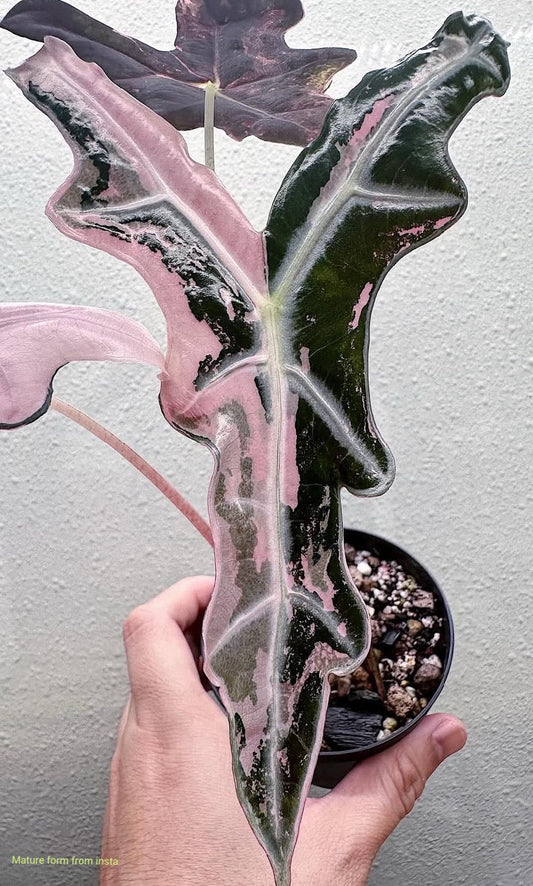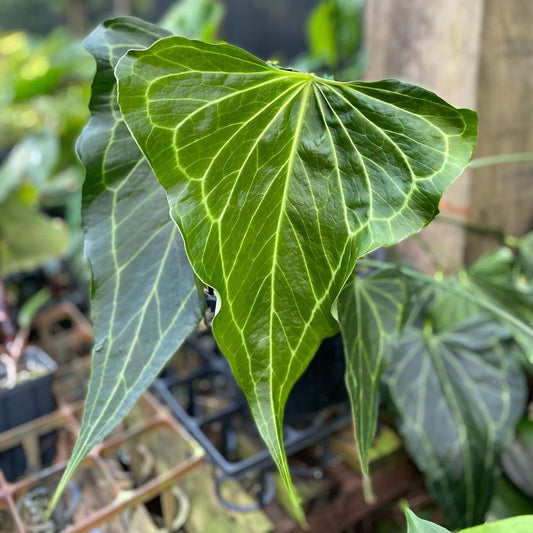In the fast-paced, technology-driven world of 2025, where smart homes and artificial intelligence dominate, one simple, timeless trend is making a strong comeback: house plants. Once relegated to the corners of grandparent’s living rooms, plants have evolved into the essential décor and wellness accessory of the modern home. The resurgence of house plants is not just a passing trend; it’s a cultural movement rooted in a desire for well-being, sustainability, and connection to nature.
1. The Green Renaissance: Why House Plants Are Back
In 2025, house plants are more than just decorative items. They have become symbols of a greater societal shift—the return to nature, a counterbalance to the digital age, and a reflection of an increased awareness of our environmental footprint.
As society has become more aware of the mental health challenges associated with the digital age, the importance of creating spaces of peace and mindfulness has never been more critical. Plants are scientifically proven to reduce stress, improve mood, and enhance overall well-being. With studies showing that indoor plants help reduce anxiety, depression, and fatigue, it’s no wonder they’ve become a must-have for home interiors in 2025.
Home wellness continues to be a key focus in 2025, and house plants are front and center in this trend. People are increasingly looking for ways to create nurturing environments that promote relaxation, productivity, and health. Plants help purify the air, increase humidity, and create a sense of calm—essential elements in fostering a balanced, healthy home environment.
In an era where sustainability is a key concern, house plants represent an eco-friendly choice for interior décor. As more people turn away from disposable, plastic-based designs, living plants offer a renewable, natural alternative. Caring for plants also encourages a sustainable mindset—growing your own herbs, vegetables, or flowers is a small but meaningful way to engage with the environment and reduce your carbon footprint.
2. The Tech-Savvy Greenhouse: Smart Plant Care in 2025
One might think that the digital age and plant care are contradictory, but in 2025, technology and nature are working in harmony. The “green tech” revolution has birthed a new generation of plant lovers who combine their passion for greenery with the latest innovations.
Today’s plant enthusiasts don’t just water their plants— they use smart planters equipped with sensors to monitor moisture levels, light exposure, and even soil temperature. These planters send alerts to your smartphone, telling you when it’s time to water or adjust lighting, ensuring your plants thrive even in busy households.
With the rise of AI in everyday life, home gardening has taken a tech-forward turn. AI plant assistants help users identify the best plants for their homes, recommend care routines, and offer guidance on how to create the perfect plant ecosystem. Whether you’re a seasoned gardener or a first-time plant parent, AI is bridging the gap between nature and technology.
The future of indoor gardening has also expanded with hydroponics—growing plants without soil. Automated systems that deliver nutrients and water to plants through pipes and LED lighting are transforming urban living spaces. These systems are ideal for small apartments and offer a sustainable way to grow herbs, greens, and even fruit indoors.
3. The Best House Plants for 2025: Adaptable and Resilient
As plant care becomes more sophisticated, the types of plants thriving in 2025 reflect our evolving needs and living spaces. In 2025, house plants are chosen not only for their aesthetic beauty but for their ability to thrive in various environments from high-tech homes to urban apartments.
As air quality concerns continue to grow, house plants that purify the air are in demand. Snake plants, peace lilies, and spider plants are all effective at removing toxins like formaldehyde, benzene, and carbon monoxide, making them perfect for apartment dwellers and city residents.
As busy lifestyles continue to prevail, people are turning to hardy, low-maintenance plants. Succulents, cacti, and ZZ plants are favorites in 2025 for their ability to survive in less-than-ideal conditions, requiring minimal watering and sunlight. These plants are perfect for the modern homeowner who wants to add greenery without committing too much time to plant care.
4. The Rise of Biophilic Design: Bringing the Outdoors In
Biophilic design—the concept of integrating nature into built environments—has gained significant traction in recent years. In 2025, it is at the forefront of interior design, and house plants are a central component of this philosophy.
The "urban jungle" trend, where homes are transformed into lush indoor gardens, is thriving. Indoor plant walls, hanging planters, and large statement plants like monstera and fiddle leaf figs have become common in modern homes. These plants not only improve aesthetics but also promote emotional well-being by creating a calming atmosphere.
In 2025, dedicated plant spaces, also known as plant therapy rooms, are becoming increasingly popular. These rooms are designed to foster relaxation and well-being by incorporating various plants, natural materials, and soothing colors. They offer a refuge from the stresses of everyday life and provide a space for meditation, yoga, or simply unwinding with nature.
5. Community and Connection: The Social Media Influence
The house plant resurgence in 2025 is heavily influenced by social media and online communities. Platforms like Instagram, Pinterest, and TikTok are filled with plant lovers sharing their collections, plant care tips, and interior designs. These digital spaces have helped plant ownership evolve from a niche hobby to a mainstream lifestyle.
In 2025, house plants are often featured in interior design and lifestyle influencer posts, driving interest and engagement. Brands are partnering with plant influencers to showcase the latest plant varieties, care tools, and home décor trends.
Moreover, websites and apps dedicated to plant care and exchange have exploded in popularity. In 2025, it's common to join online groups where plant enthusiasts share experiences, trade plants, and offer advice on everything from propagation to pest control.
6. The Future of House Plants: Green Spaces for All
As we look toward the future, the rise of house plants in 2025 is part of a broader movement toward greener living. We are seeing more innovation in plant care, from advanced indoor gardening systems to plant-based materials used in home furnishings. More cities are also encouraging urban farming and vertical gardens, allowing people to grow plants in small spaces.
Whether through advanced tech, eco-friendly design, or a growing appreciation for nature's calming effects, house plants are reclaiming their place in modern life. They’re no longer just a trend—they are an essential part of creating healthier, more sustainable, and more connected living spaces.



